I think if they are doing a vacuum tube, they should get as close to a vacuum as possible.
I think if the USA is going to spend trillions on rail infrastructure, I think we should start with doubling or tripling the amount of trains on Amtrak first. It's not as sexy as the Hyperloop, but it would get people riding trains more often
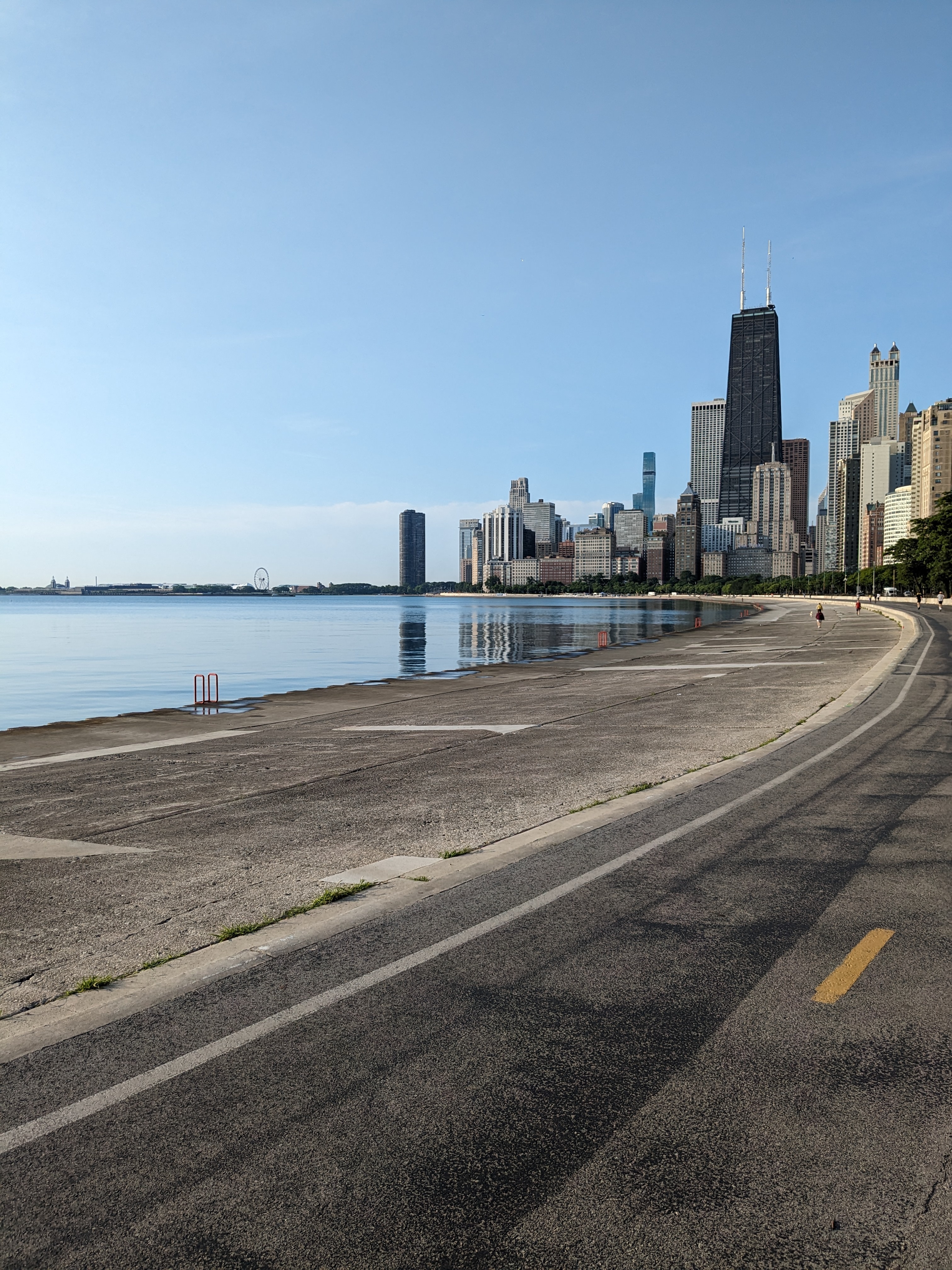
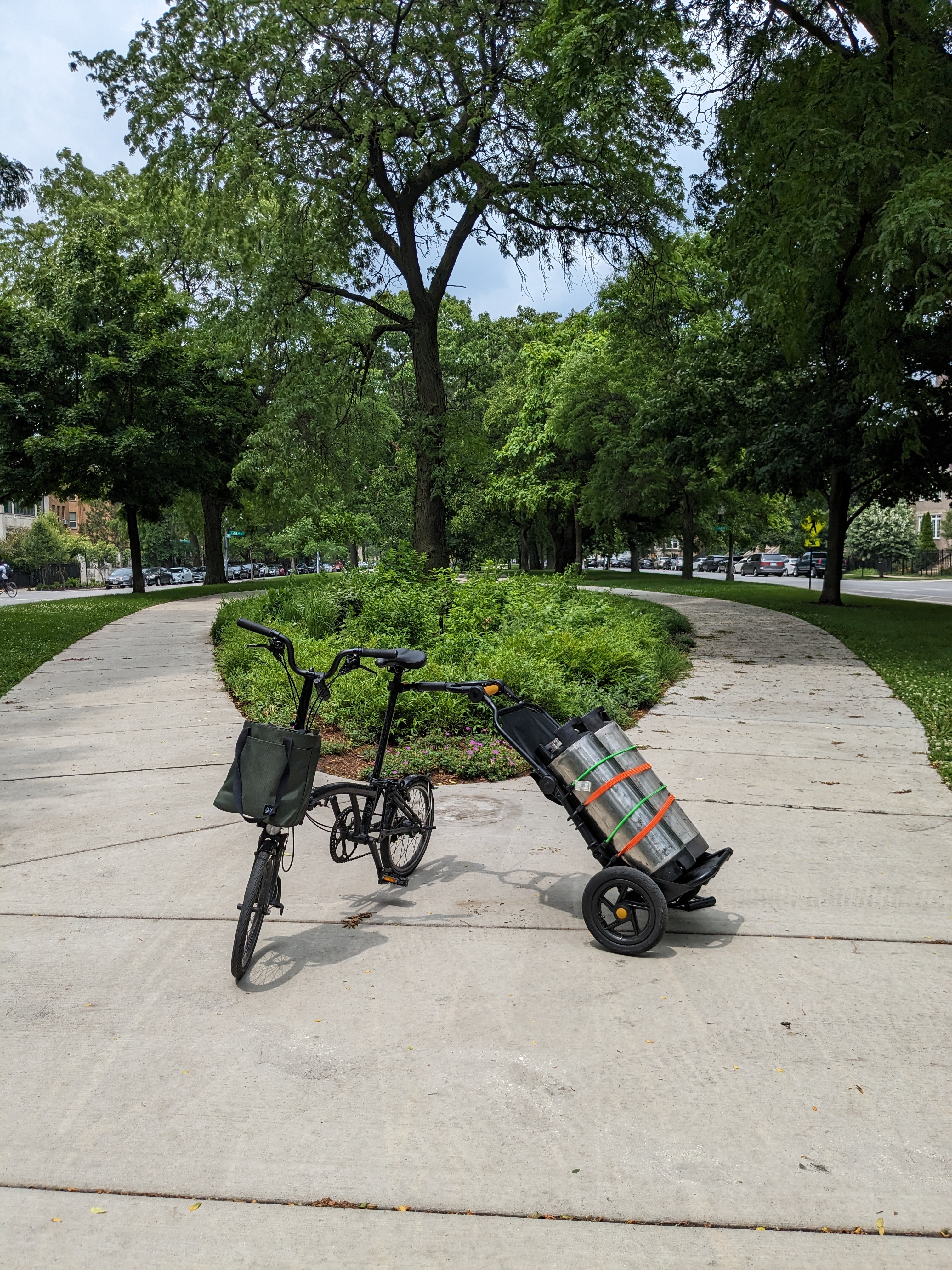
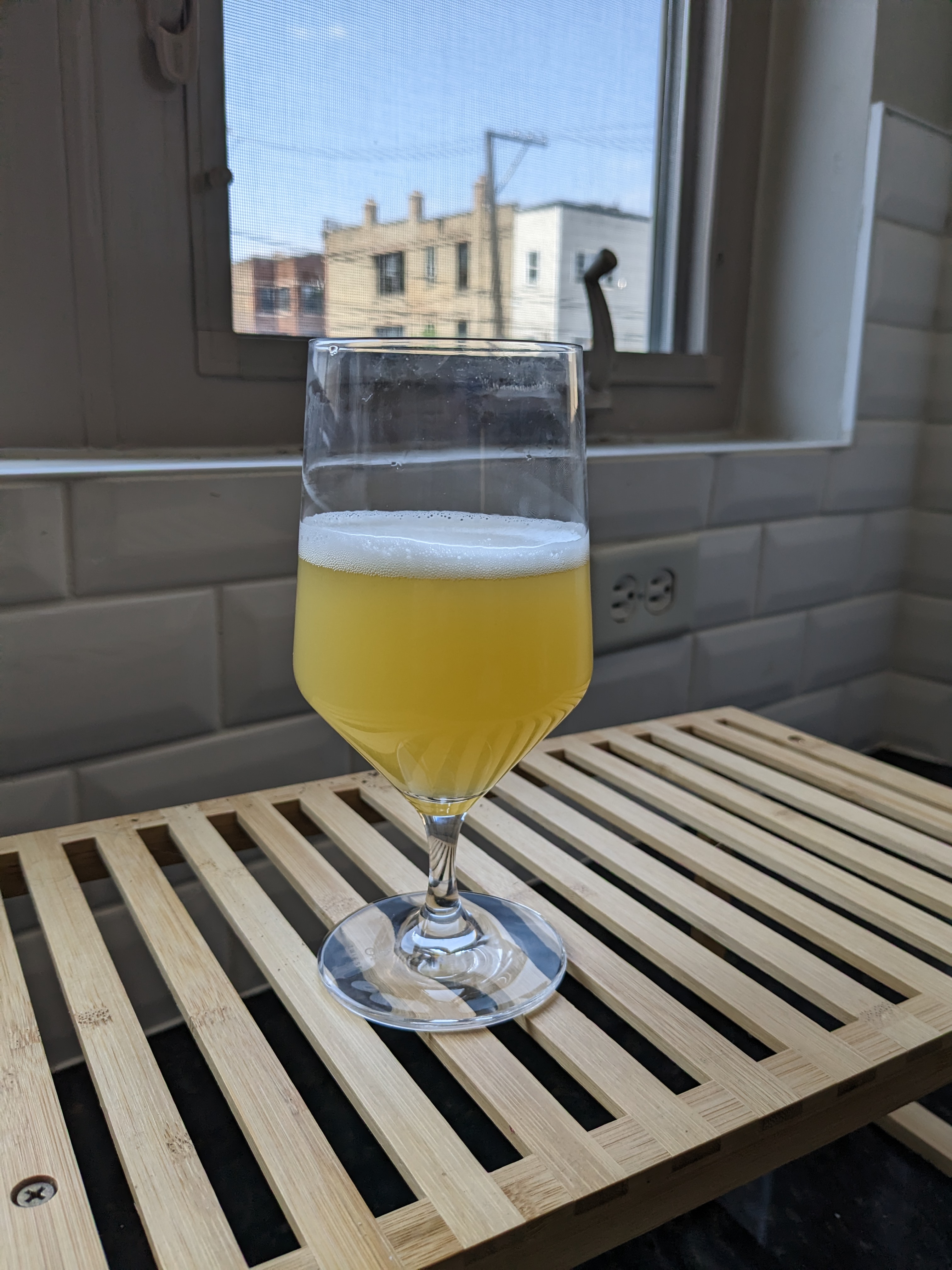
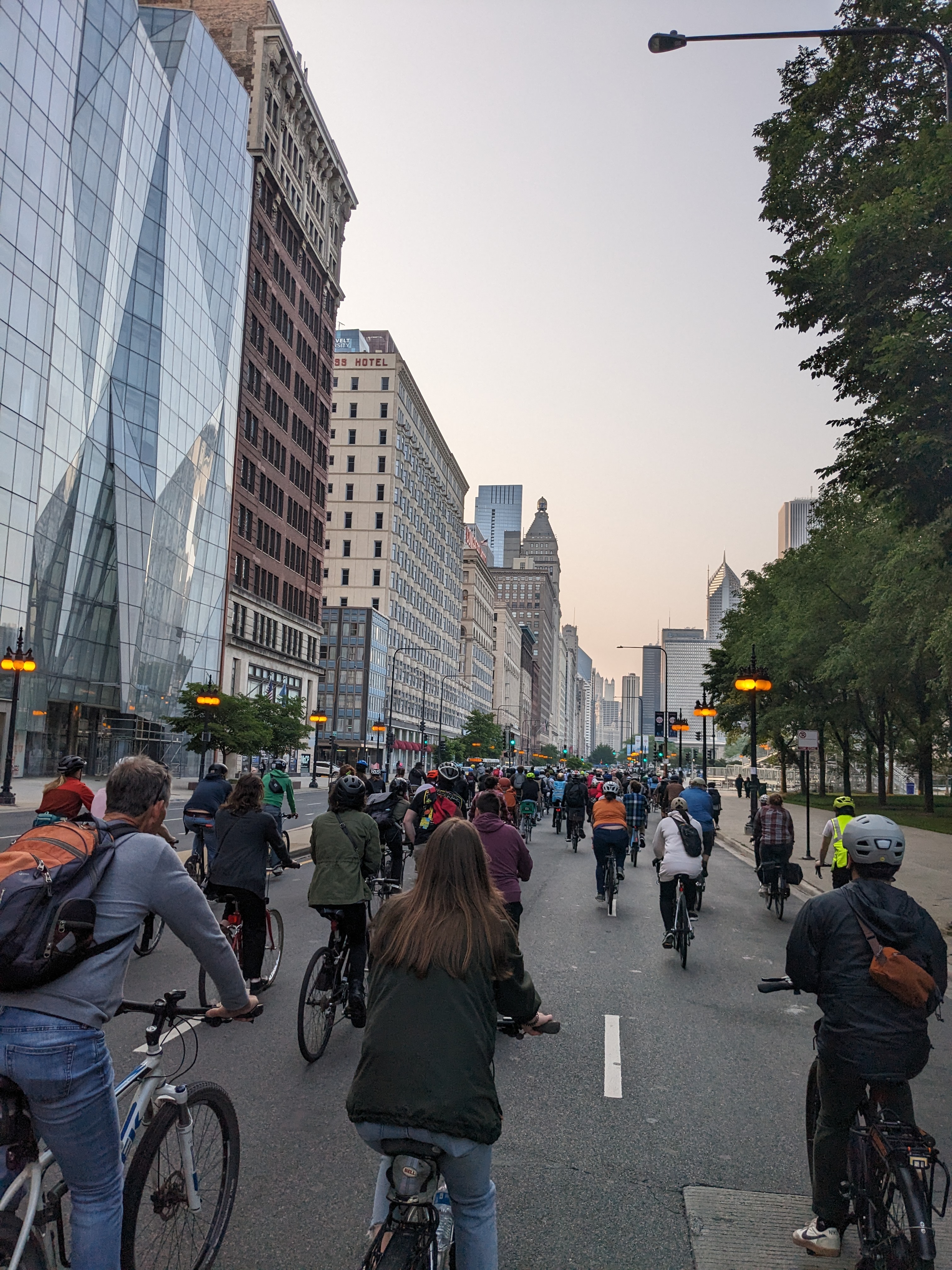
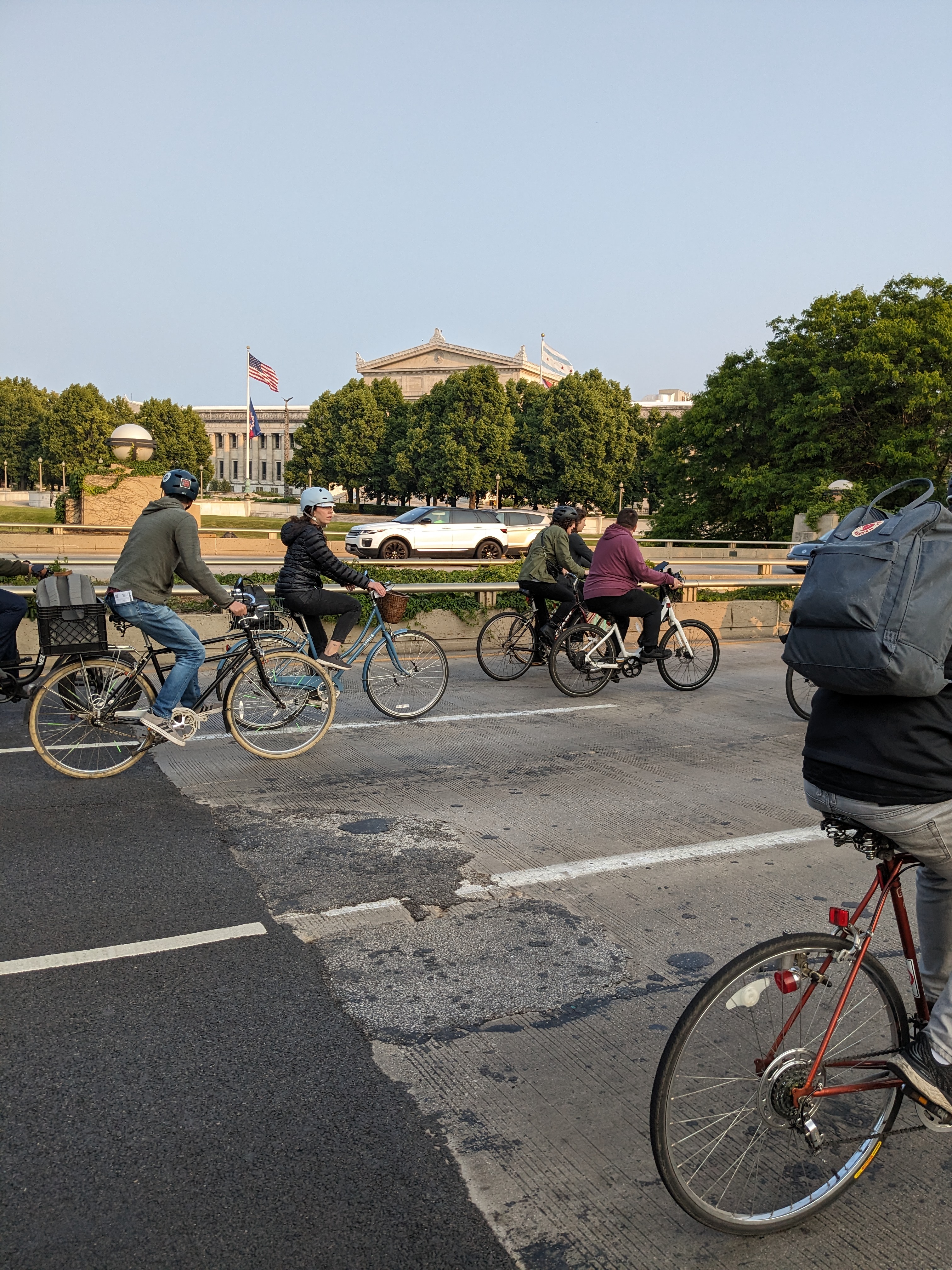
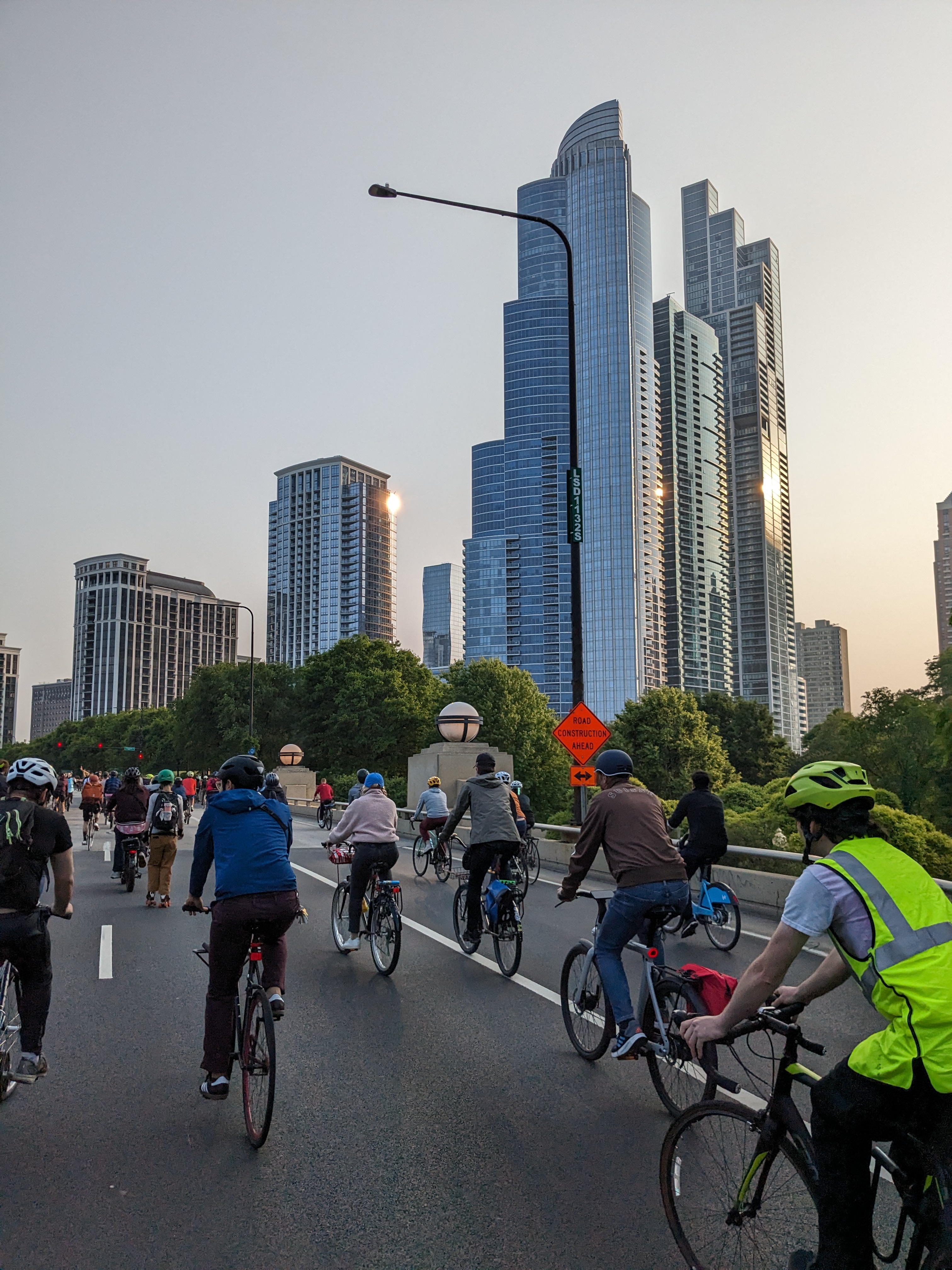


I honestly disagree. If you can get 5 car users on a diesel bus, you are making a positive impact on the environment. And you can deploy way more diesel busses than electric ones. Once you build demand, you can skip busses altogether and replace with trams. The batteries in busses are a cool technology, but still exploit child labor and extended neocolonialism in the same way oil does. Also battery fires are much worse than normal fires.
I think we should electrify fleets as soon as possible but I think adding a few battery busses here and there won't do anything but pander to environmentalist